Deck & Commander Strategies

The Wandering Minstrel
A control and draw-focused deck leveraging Mystic Remora and wheels to generate card advantage, combined with tutors and graveyard recursion to maintain a steady flow of resources and disruption.

Loot, the Pathfinder
Artifact and combo-centric deck that accelerates mana with artifacts like Grim Monolith and uses token generators and Eldritch Evolution to find and assemble powerful creatures and synergies.
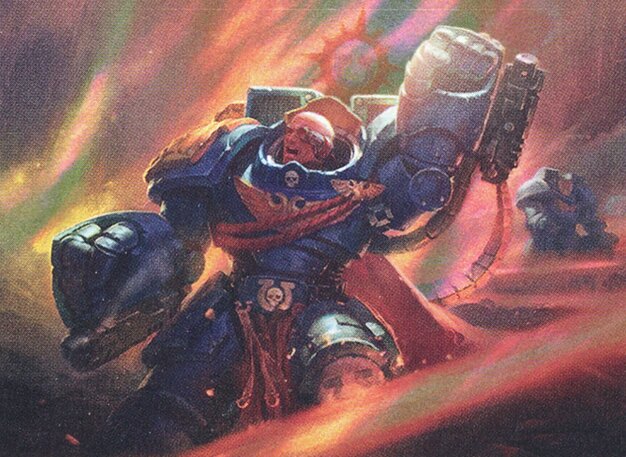
Marneus Calgar
A treasure token generation combo deck that uses artifacts and creatures to create infinite or near-infinite mana and card draw, enabling sustained board presence and combo finishers.
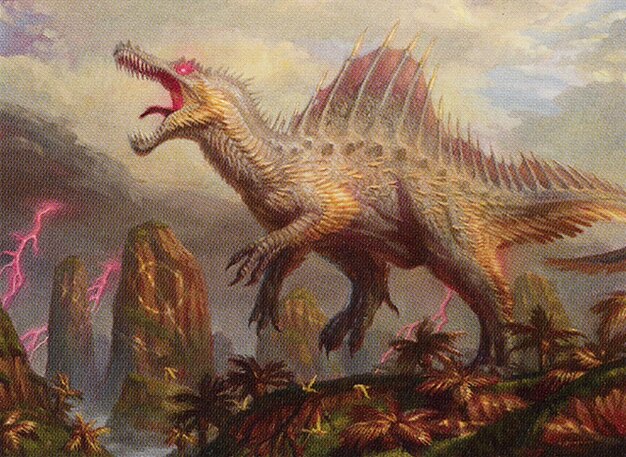
Etali, Primal Conqueror
Aggressive midrange deck focused on efficient creatures like Ragavan and Tattertore, leveraging card draw from damage and disruption spells like Gamble to maintain pressure.
Gameplay Insights
- 1
Marneus Calgar's combo with Warren Soul Trader and Tatarotaru created a powerful loop generating treasures, tokens, and card draw, effectively giving him massive resource advantage.
- 2
Loot's decision to sacrifice Mystic Remora and use Carpet of Flowers to steal an opponent's enchantment was a key interaction that triggered multiple draws and treasure generations.
- 3
The attempt by Loot to resolve Eldritch Evolution was a critical point in the game, but it was countered by Mindbreak Trap despite a Veil of Summer cast, showing the importance of timing and interaction in cEDH.
- 4
Margus of the Moon was strategically used to lock down opponents' non-basic lands, effectively targeting those who could disrupt Marneus, while leaving Marneus largely unaffected due to his treasure-based mana.
- 5
The ongoing interaction between token sacrifice and treasure generation created a near-infinite loop that was carefully managed by opponents to prevent a quick win, highlighting the delicate balance of resource combos in cEDH.
Notable Cards
-
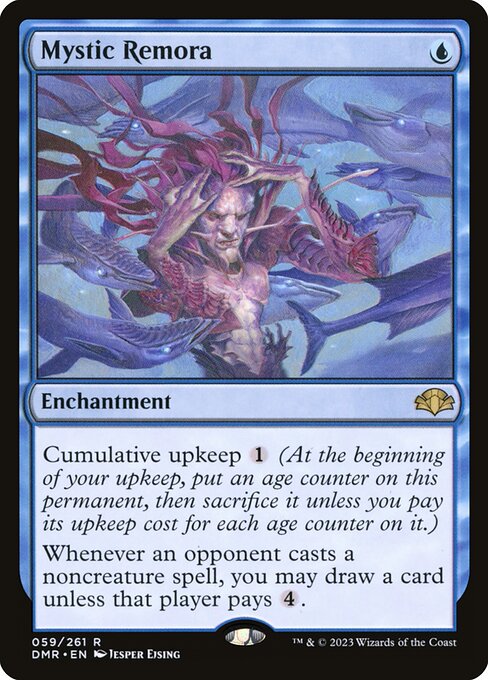
Mystic Remora
-
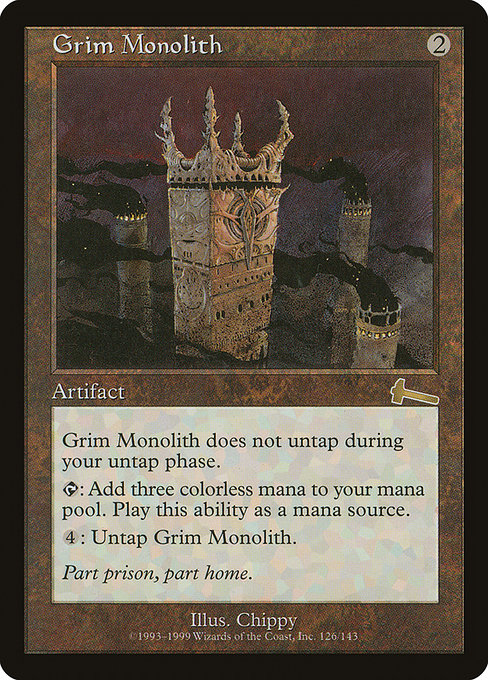
Grim Monolith
-

Eldritch Evolution
-
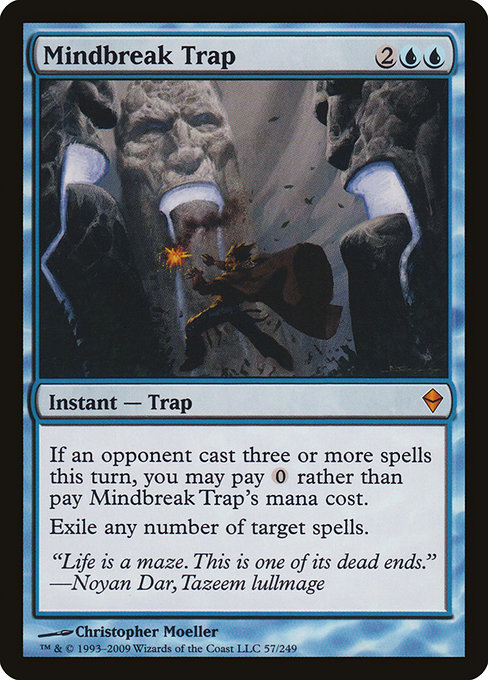
Mindbreak Trap
-
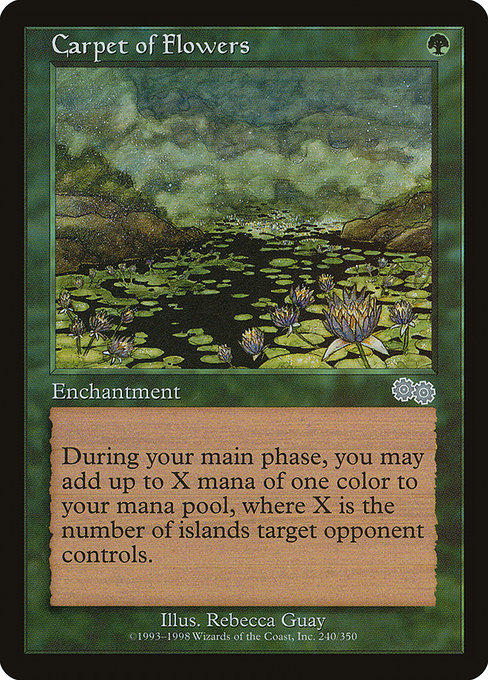
Carpet of Flowers
-

Aftermath Analyst
-
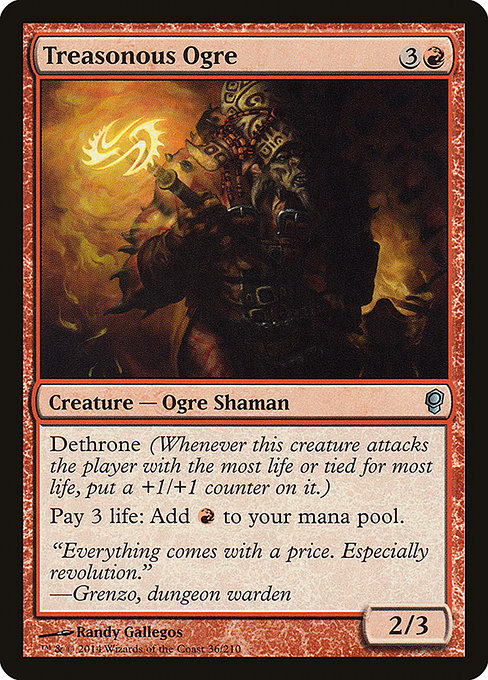
Treasonous Ogre
-
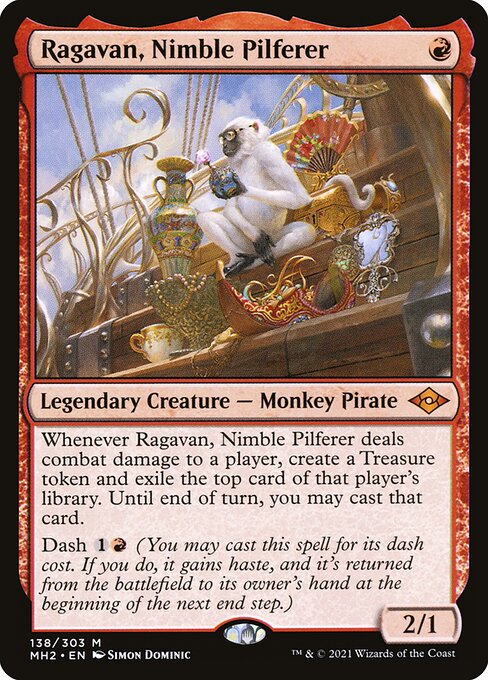
Ragavan, Nimble Pilferer
-
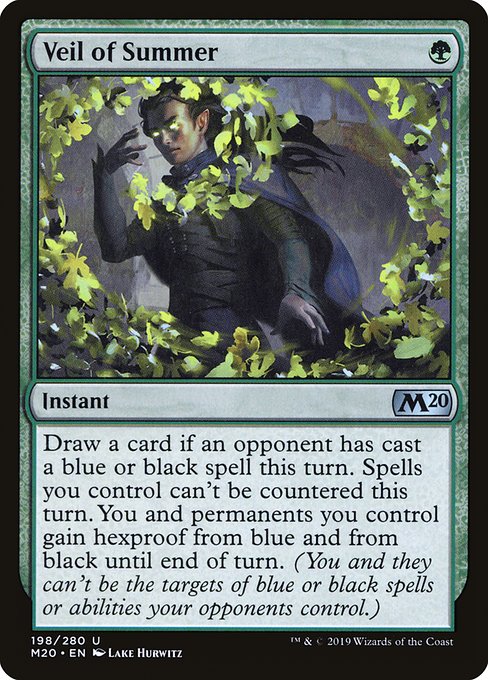
Veil of Summer
Gameplay Summary
The game started with all players establishing early board presence and resource acceleration, notably with multiple players casting Mystic Remora to generate card advantage.
Marneus Calgar quickly set up a treasure generation combo with Warren Soul Trader and an artifact that produces tokens upon treasure creation, enabling him to draw cards and generate mana repeatedly by sacrificing creatures.
This engine allowed Marneus to maintain significant board control and card draw, making him a formidable threat early on. Loot, the Pathfinder utilized artifact synergies and mana acceleration to pressure opponents, while also disrupting Marneus' infinite draw combo by intervening in the token generation loop.
Etali, Primal Conqueror applied pressure through aggressive creatures like Ragavan and utilized Gamble to dig for impactful cards, though his Treasonous Ogre was countered early on.
The Wandering Minstrel focused on card draw and disruption, casting wheels and tutors to find key pieces like Aftermath Analyst for graveyard recursion.
A pivotal moment occurred when Loot attempted to resolve Eldritch Evolution to upgrade creatures but was thwarted by a well-timed Mindbreak Trap, halting a possible combo win. Throughout the game, Margus of the Moon was used as a disruptive land enchantment to lock down opponents' non-basic lands, selectively targeting players who could interact with Marneus.
Despite heavy interaction among the three players, Marneus remained less affected due to his treasure generation strategy.
The game was a tense balance of combo setups, counterspells, and resource denial, with each player trying to outmaneuver the others through incremental advantage and disruption.









































